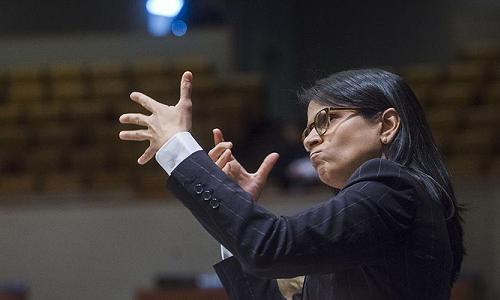The International Day of Sign Languages is a unique opportunity to support and protect the linguistic identity and cultural diversity of all Deaf people and other sign language users.
In Australia, 16,000 people use Auslan at home.*
The UN General Assembly has proclaimed 23 September as the International Day of Sign Languages in order to raise awareness of the importance of sign language in the full realisation of the human rights of people who are Deaf.
Sign languages are fully fledged natural languages, structurally distinct from spoken languages. There is also an international sign language, which is used by Deaf people in international meetings and informally when travelling. It is considered a pidgin form of sign language that is not as complex as natural sign languages and has a limited lexicon.
The Convention on the Rights of Persons with Disabilities recognises and promotes the use of sign languages. It makes clear that sign languages are equal in status to spoken languages and obligates states parties to facilitate the learning of sign language and promote the linguistic identity of the Deaf community.
The resolution establishing the day acknowledges that early access to sign language and services in sign language, including quality education available in sign language, is vital to the growth and development of the deaf individual and critical to the achievement of the internationally agreed development goals. It recognises the importance of preserving sign languages as part of linguistic and cultural diversity. It also emphasises the principle of “nothing about us without us” in terms of working with Deaf communities.
*Australian Government 2021 National Census
[Image: Maleni Chaitoo addresses a meeting using sign language during the International Day of Persons with Disabilities in 2015]

